May 24, 2025 | 16:29 GMT +7
May 24, 2025 | 16:29 GMT +7
Hotline: 0913.378.918
May 24, 2025 | 16:29 GMT +7
Hotline: 0913.378.918
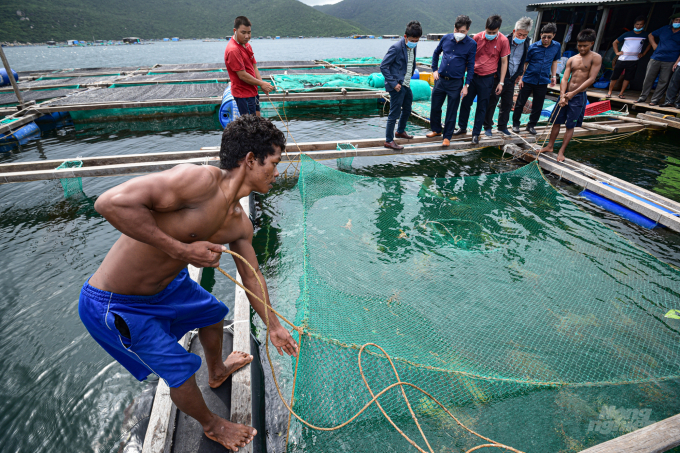
Vietnam's marine farming industry has many potentials but also many limitations. Photo: Tung Dinh.
Vietnam has 3,260 kilometres of coastline and over 1 million square kilimetres of sea surface area, with a lot of advantages and potentials in marine farming. However, marine farming sector has been developing moderately.
Up to 2020, Vietnam has only 65,000 hectares and 7.5 million cubic metres of cages for marine farming, with the output reaching 600,000 tons. In 2021, the country has 70,000 hectares and 7.8 million cubic metres of cages for marine farming, with the output reaching 650,000 tons.
Deputy Minister of the Ministry of Agriculture and Rural Development (MARD), Mr. Phung Duc Tien assesses that, there are limitations in implementing policies in marine farming. “Under the command from the government, in collaboration with other minitries and sectors, the MARD has set the target increasing the output of marine farming to 7 million tons by 2030”, Deputy Minister Tien emphasizes.
In order to promote the advantages of the marine economy in general, the Central issued Resolution No. 36-NQ/TW dated October 22, 2018 on the Strategy for sustainable development of Vietnam's marine economy to 2030, with a vision to 2045. In the field of marine farming, the Resolution clearly states that marine farming and exploitation must be carried out in the direction of industrialization with high technology.
To institutionalize Resolution No. 36, the Prime Minister issued Decision No. 1664/QD-TTg dated October 4, 2021 approving the Project on development of marine farming to 2030, with a vision to 2045.
The Decision sets the target by 2025, the marine farming area will reach 280,000 hectares with 10 million cubic metres of cages and an output of about 850,000 tons, the export value will be from US$ 0.8 to 1 billion. By 2030, the marine farming area will reach 300,000 hectares with 12 million cubic metres of cages and an output of 1.45 million tons, with the export value from US$ 1.8 to 2 billion.
With Decree No. 51/2014/ND-CP dated May 21, 2014 stipulating the assignment of certain marine areas to organizations and individuals exploiting and using marine resources, up to now, the Ministry of Natural Resources and Environment has coordinated with MARD and localities to deploy the allocation of sea surface in a more favorable way.
“Legal documents have also confirmed that the assigned sea surface has the same legal value as the land. This is a favorable condition for the seafood industry to exploit the sea surface areas," said Deputy Minister Tien.
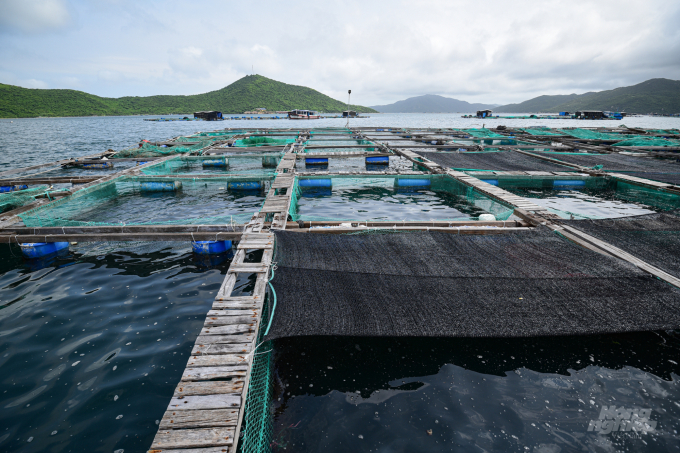
Deputy Minister Phung Duc Tien said that it is necessary to call for big enterprises to invest in marine farming. Photo: Tung Dinh.
Vietnam's marine farming industry has developed spontaneously with high density; there is no control of varieties, environment, diseases. Animal feed is not really suitable for each species and each stage to ensure the growth and reproduction. Thereby, the efficiency of Vietnam's marine farming is still low, not commensurate with the potentials and advantages.
In order to develop marine farming industrially with high technology, in the coming time, Deputy Minister Phung Duc Tien emphasizes the importance of synchronously implementing mechanisms and policies on credit, insurance, investment, human resource training, preliminary processing, processing.
“We need to call on big businesses to invest in marine farming. They will be the “leading birds” for other businesses as well as localities to follow. From there, we will have a sustainable marine farming ecosystem in the high seas and coastal areas; at the same time, it will free up resources in the coming period so that Vietnam's seafood industry will have a great position in the region and the world", affirms the Deputy Minister.
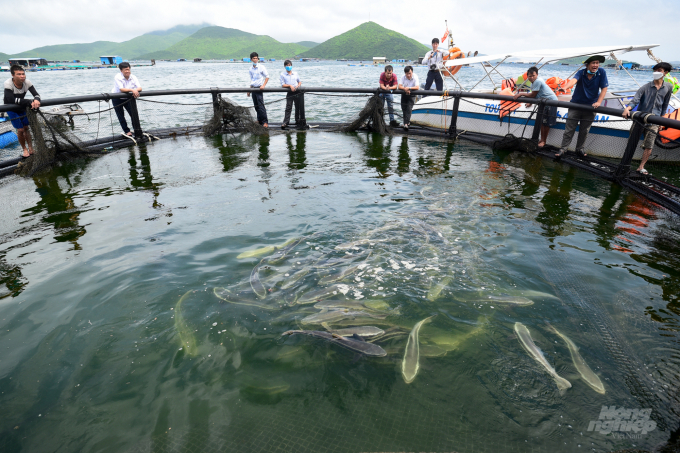
It is necessary to improve aquaculture productivity and follow a closed recirculation system. Photo: Tung Dinh.
In addition, the traceability and deployment of farming area codes to serve seafood export are also important issues. Currently, Vietnam has implemented 16 new-generation Free Trade Agreements (FTAs) to join the world's distribution chain.
Up to now, the export value of agricultural products has reached US$ 43.5 billion. If in December, the export value reaches more than US$ 4.1 billion like in November, in 2021, Vietnam will have the export value of agricultural products of about US$ 47 billion.
Vietnam is exporting seafood products to Europe, the United States... Farming area code is a mandatory requirement of all the high profitable markets.
“We have had many models applying farming area codes, such as the clam farming area in Nam Dinh province where the most modern technologies in the world is being applied. Clams from Nam Dinh are being exported to many markets. There are also many models of marine farming enterprises in Khanh Hoa province that have products being exported to the United States. In the near future, the MARD hopes that the media agencies will help spreading news about these models, so that we can export more seafood products", said Deputy Minister Tien.
According to statistics of the MARD, every year, Vietnam spends about US$ 6 billion USD to import raw materials for animal feed. In countries that have strong animal feed industry, raw materials such as corn, soybeans, etc., are grown and cultivated on a large scale, and the application of genetically modified varieties has brought high yields.
There are some necessaries mentioned by Deputy Minister Phung Duc Tien, as follow: Firstly, there should be solutions in the projects of both livestock and aquaculture to reduce pressure on feed costs as well as logistics costs.
Secondly, Vietnam should be prepared to accept the rising prices of food, feed ingredients, transportation and logistics costs following the global trend as we are in the same playing field of the world.
“We have to find out methods to improve the productivity of marine farming and follow a closed circulation system to reduce costs and improve competitiveness. There's no reason for us to go to the sea but not be able to swim, even we have to know how to swim first," said Deputy Minister Phung Duc Tien.
Also according to Deputy Minister Phung Duc Tien, one of the three factors to improve the competitiveness of marine farming products is nutritional food. Vietnam has a number of recipes for marine farming feed, but in order to meet the demand for feed in industrial farming, the aquaculture industry must not continue to use rough fish as it causes environmental pollution.
On the basis of inheriting from other countries, Vietnam is having relatively good HDPE systems, equipment and cages such as many models in Khanh Hoa, Kien Giang, Hai Phong, Quang Ninh...
Translated by Khanh Linh
![Advanced mariculture – an inevitable trend: [1] Moving offshore](https://t.ex-cdn.com/nongnghiepmoitruong.vn/608w/files/phucpm/2025/05/18/0252-2436-nuoi-bien-6-162148_783.jpg)
(VAN) Mariculture using advanced technology and moving offshore is an inevitable trend, as nearshore areas increasingly reveal limitations.
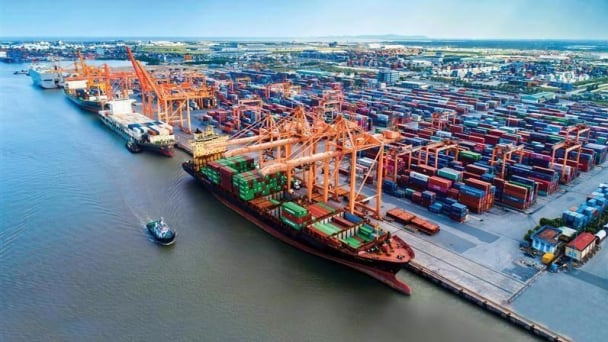
(VAN) South Korea is currently the second-largest investor in Hai Phong in terms of the number of projects (186 projects) and the largest in terms of total registered investment capital, reaching USD 14.2 billion.
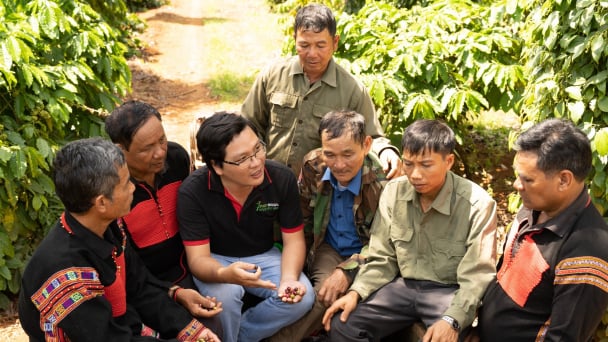
(VAN) As consumers become more environmentally conscious, legal regulations grow increasingly stringent...
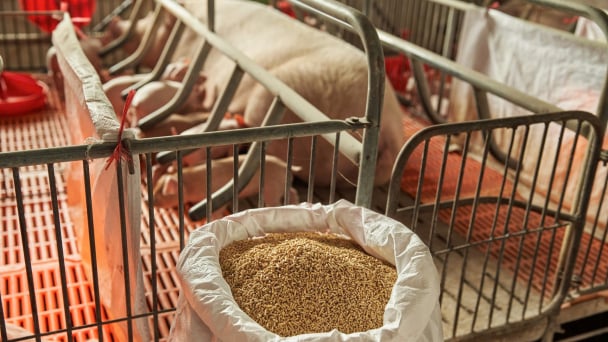
(VAN) CJ Feed&Care officially launched the FCR improvement campaign called “2025 Find Challenge Reach” in April 2025. In Vietnam, this campaign is implemented by CJ Vina Agri.
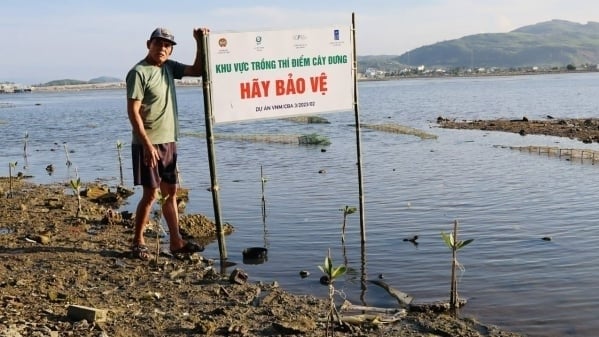
(VAN) The swamp in Pho Thanh is gradually being covered with red mangrove, creating a favorable environment for producing clean, high-quality salt.
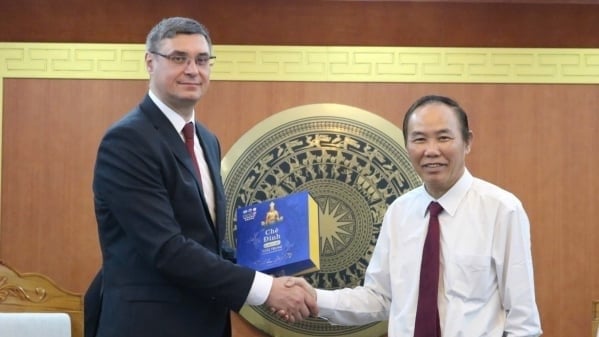
(VAN) The trade turnover of agro-forestry-fishery products is growing significantly, along with investment cooperation commitments that are opening up new development directions between Vietnam and Russia.
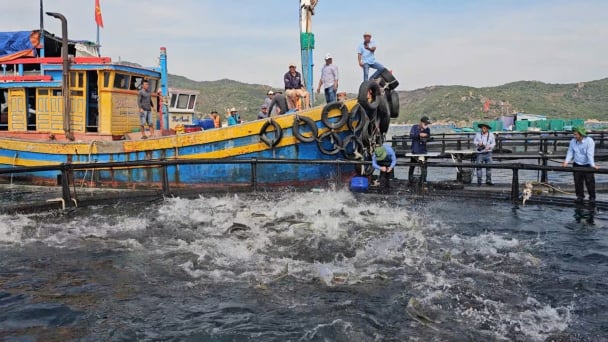
(VAN) Khanh Hoa is investing over 545 billion VND to develop 240 hectares of high-tech marine aquaculture in order to guarantee a consistent supply of seafood exports and achieve the USD 1 billion target.